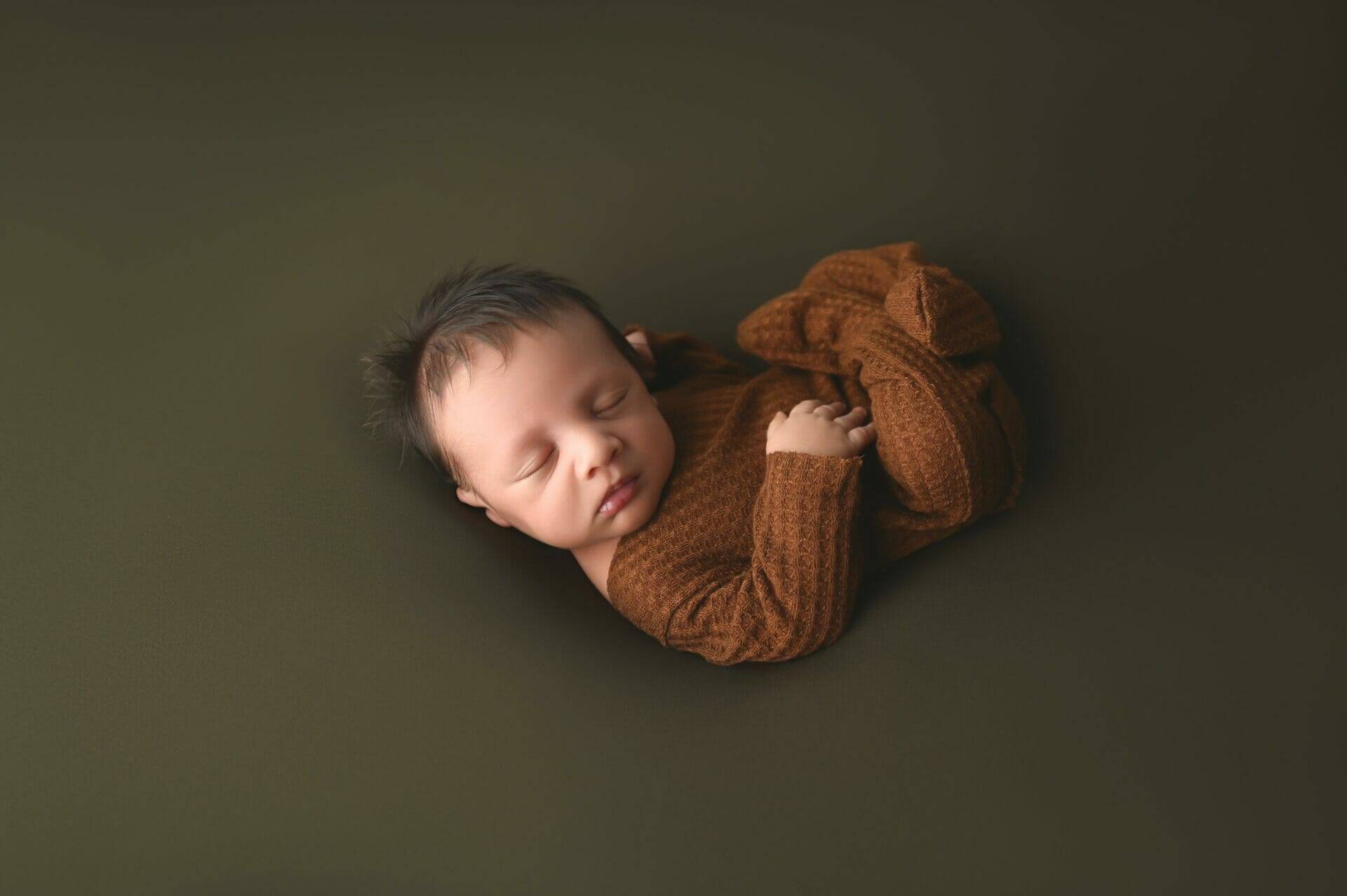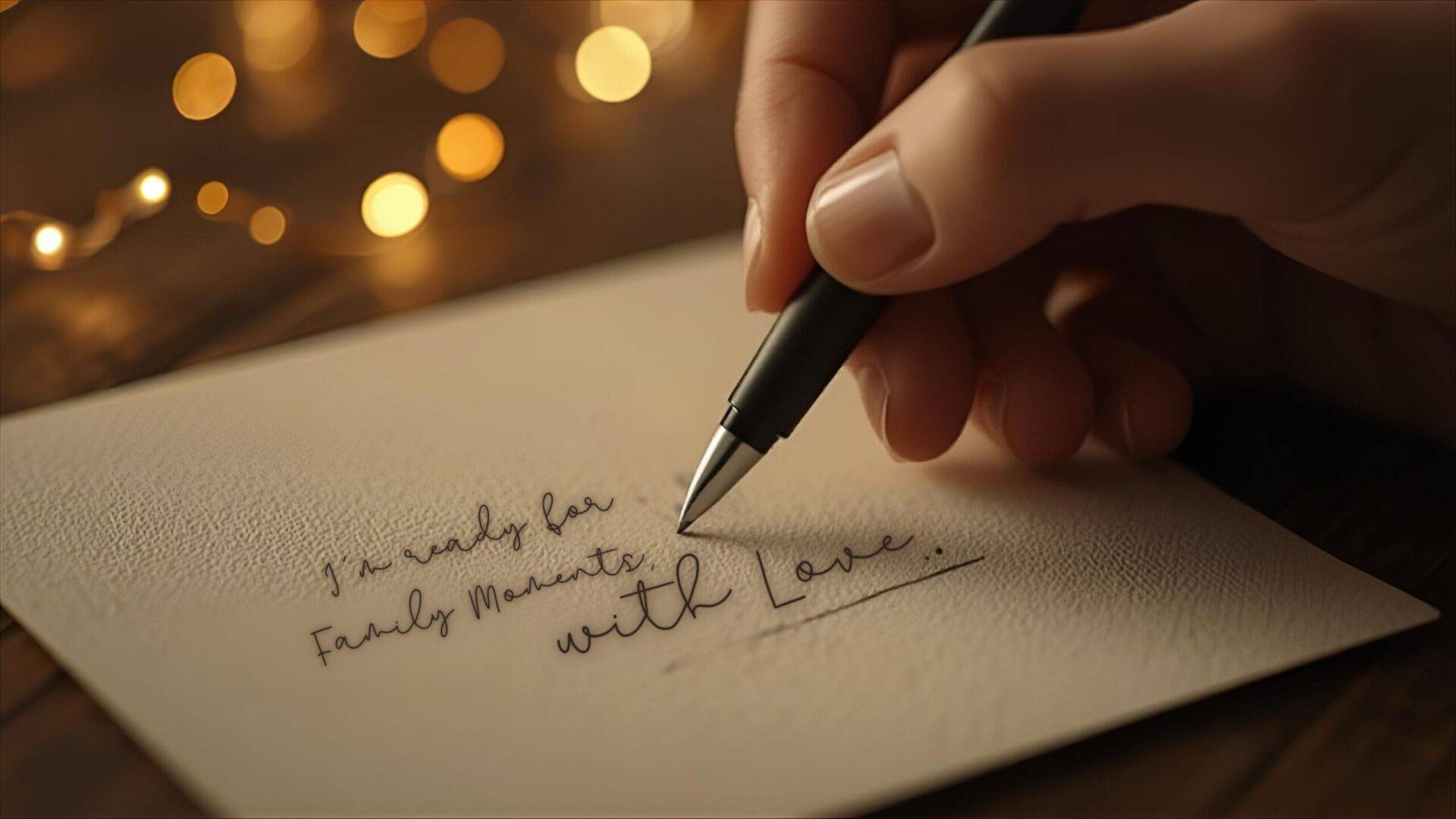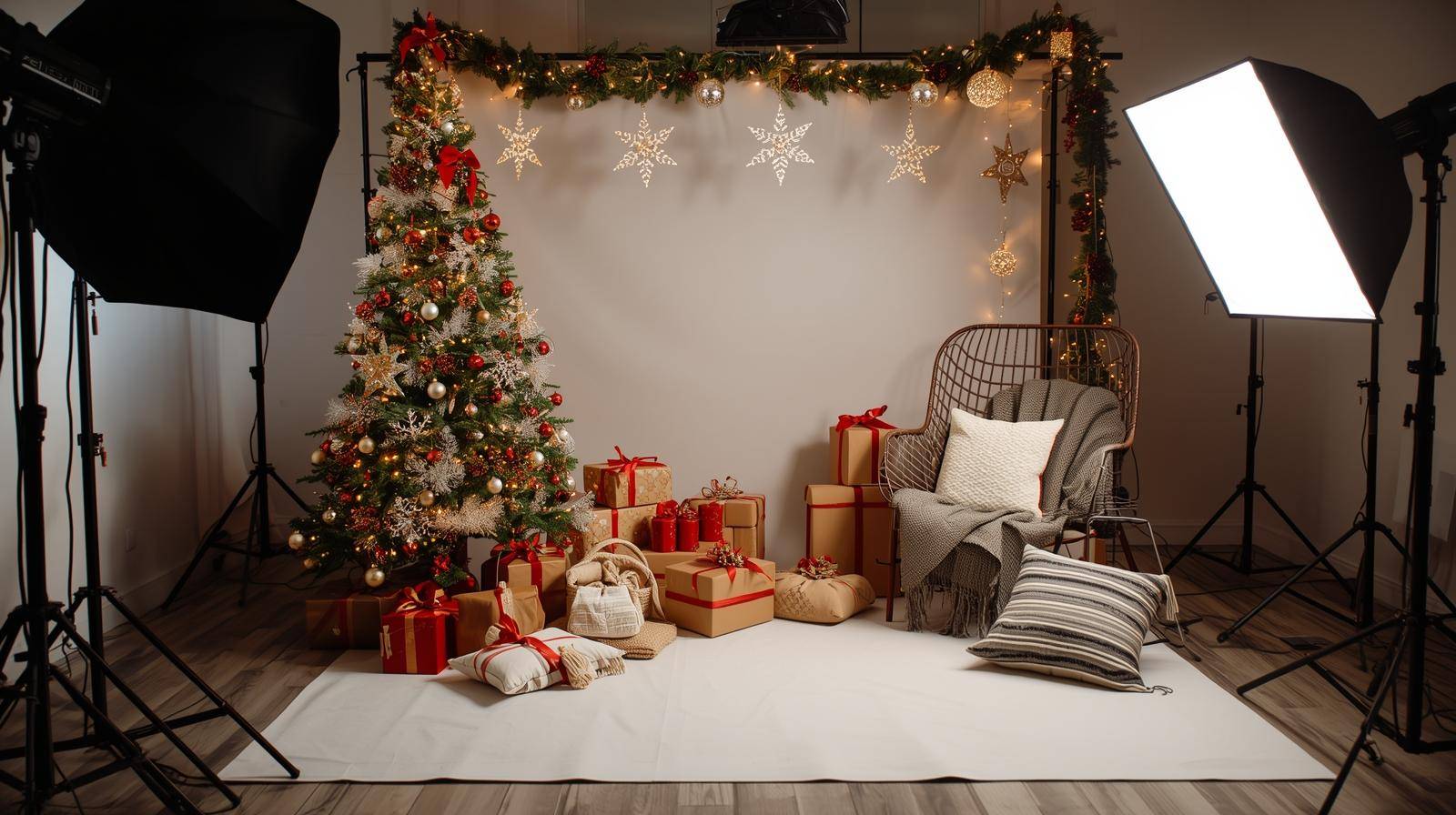Every heartbeat, every tiny finger, and every soft yawn. Newborns represent the epitome of life’s fragility and beauty. As a photographer, my objective is to immortalize these fleeting moments. But this endeavor is not as simple as clicking the shutter—it demands a blend of art, science, patience, and an innate understanding of newborn anatomy and psychology.
Initial Consultations: Laying the Groundwork
When you hold a paintbrush, where do you begin? Similarly, as a newborn photographer, my first brushstroke is understanding. The initial consultations are not mere meetings but immersion sessions. I dive into the world of the expectant parents, absorbing their aspirations, fears, and stories.
Understanding their vision forms the blueprint. Why? Because each baby’s story begins before their birth. It’s embedded in the family’s anecdotes, cultural backgrounds, and even the nursery’s design. This information shapes the shoot’s theme, color palette, and mood.
Moreover, these sessions serve as a conduit for trust. Photography, especially with a newborn, is intimate. Ensuring the parents are comfortable and confident in my abilities and methods is crucial. To facilitate this, I often demonstrate props, show behind-the-scenes videos from previous shoots, and discuss the safety measures in place.
Deep Dive into Newborn Props
Textiles: The baby’s skin, soft and sensitive, mandates the use of gentle fabrics. Organic cotton, bamboo, and cashmere are preferred because of their smooth weave and hypoallergenic nature. These fabrics prevent irritations and allergies, ensuring the baby remains comfortable. Furthermore, the gentle draping and textures of these fabrics, under soft lighting, contribute to the surreal aura of newborn photographs.
Baskets & Crates: While they might appear as mere decorative elements, these props are chosen with precision. The unfinished or naturally painted wood prevents any chemical reactions, safeguarding the baby’s skin. Moreover, the depth and structure of these baskets are critical. Deep enough to nestle a baby comfortably but shallow enough to ensure they’re the star of the shot.
Heirlooms & Sentimentals: These aren’t props in the traditional sense. They’re emotional anchors, tying the present to the past. Incorporating these items makes each image more than a photo; it’s a narrative. A narrative of legacy, love, and lineage.
Natural Additions: Flowers and foliage, when used, aren’t arbitrary choices. They’re carefully curated based on the baby’s safety. For instance, I avoid plants like poinsettias, known allergens, and instead opt for baby’s breath or soft ferns, which are non-reactive and also photograph beautifully.
The Science and Art of Newborn Posing
Training and understanding the unique needs of a newborn is essential when it comes to posing them for photography. Newborns are not simply miniaturized versions of adults; their skeletal and muscular structures are still developing. This means that every pose must be approached with care and consideration for their delicate anatomy.
Newborns have soft, pliable bones that are still in the process of ossification. Their muscles are also not fully developed, making them more prone to injury or discomfort if placed in certain positions without proper support. Therefore, it is crucial for photographers specializing in newborn photography to undergo training and gain a thorough understanding of the intricacies of a newborn’s anatomy.
By having this knowledge, photographers can ensure that they handle newborns safely during photoshoots. They can identify which poses may be uncomfortable or potentially harmful for the baby’s fragile body and avoid them altogether. Additionally, understanding how to properly support a newborn’s head, neck, and limbs is essential to prevent any strain or injury.
Furthermore, training in newborn posing allows photographers to create beautiful images while keeping the baby comfortable and safe throughout the session. They learn techniques such as using props and wraps to provide additional support and stability for the baby during posing. This ensures that each pose looks natural while maintaining the well-being of the infant.
- The ‘Chin on Hands’ Pose:This timeless favorite positions the newborn as if they are in a deep slumber, with their diminutive chin resting gently on their folded hands. While it appears serene, achieving this pose demands meticulous care. Any undue pressure on the baby’s delicate face can be hazardous. Monitoring the baby’s breathing is paramount to ensure no obstructions. Furthermore, support for the baby’s fragile neck and back is vital. Without adequate training, one could inadvertently strain these delicate areas.
- The ‘Side-Lying’ Pose: Here, the baby lies on their side, usually with hands nestled beneath their cheek or resting by their side. It’s an image of tranquility but demands keen observation. The baby’s natural fetal position needs respect, and overstretching limbs can lead to discomfort or harm. Rolled towels or plush blankets, when employed by a trained hand, guide and cushion the baby, ensuring relaxation and safety.
- The ‘Back Pose’ with Props: Laying the infant on their back, sometimes accompanied by a cuddly toy or a gentle headband, might seem straightforward. Yet, subtleties abound. It’s essential to ensure the baby isn’t entirely flat, especially if they were to spit up. Elevating the baby’s head slightly using newborn-specific props is essential. Additionally, props must be soft, devoid of any harmful dyes or chemicals, and must not pose choking hazards.
- The ‘Tucked In’ Pose: This pose captures the baby’s essence as they are tightly tucked into a blanket, mimicking the snugness of the womb. It’s a beautiful reminder of their recent nine-month journey. However, the blanket’s tightness requires monitoring to ensure the baby’s circulation isn’t compromised. Proper training teaches the balance between snugness and safety.
- The ‘Potato Sack’ Pose: A whimsical favorite, this pose sees the newborn bundled up like a little sack of joy. It’s undeniably adorable but requires several steps to execute safely. The baby isn’t actually hanging; they are supported from below, and any appearance of suspension is a photographic illusion. It’s a pose that exemplifies why expert training is invaluable. Ensuring the baby’s weight is evenly distributed, checking for any signs of discomfort, and always having a supporting hand or spotter nearby are non-negotiable aspects.
The art of newborn photography intertwines deeply with an understanding of infant comfort and anatomy. Each pose, while enchanting in the final frame, requires expertise, patience, and a dedication to the baby’s well-being. It’s imperative to ensure that your chosen newborn photographer possesses not just artistic flair but also the requisite training. After all, each photograph should be a testament not just to beauty, but to safety and care.
Crafting the Ideal Environment
Just as a plant requires the right ambiance to flourish, newborns need an environment tailored to their comfort for the shoot.
Temperature Details: Newborns can’t regulate their body temperatures like adults. The warmth of the studio is thus critical. At approximately 80°F, it’s reminiscent of the mother’s embrace, ensuring they remain pacified and sleepy.
Lighting: Natural light, with its soft diffusion, is perfect for that dreamy glow. But in its absence, studio lighting, when placed and diffused correctly, can emulate the magic without overheating or discomforting the baby.
Sounds: Why white noise? It’s a throwback to the womb, where the constant rhythm of the mother’s heartbeat and the muted sounds from outside create a symphony. White noise replicates this, inducing deep slumbers, making posing easier.
The Role of Adaptability
No two babies are alike. While training and experience provide a roadmap, adaptability is the vehicle that ensures the destination is reached. If a baby is restless, the shoot’s pace is adjusted. Feeding breaks, cuddle sessions with parents, or even a change in the environment might be necessary.
Moreover, while certain poses or props might be planned, if a baby shows discomfort, it’s promptly changed. This adaptability ensures that the newborn’s safety and comfort always remain paramount.
Post-Production Magic
The click of the shutter is just the beginning. Newborn photos are like raw diamonds, and post-production is the polishing process. Here, subtlety is key. The aim is not to alter, but to enhance. Skin rashes, minor imperfections, or even color corrections are done to ensure the image is as timeless as the moment it encapsulates.
Additionally, photo editing allows for composite photos that allow us to complete poses where otherwise the pose would be unsafe for the baby to do on their own. By carefully merging multiple images together, we can create stunning and unique shots while ensuring the baby’s safety and comfort throughout.
Capturing the essence of a newborn is a blend of science, art, and a deep understanding of their delicate nature. In Saint Paul, as I craft these scenes, it’s more than a job—it’s a passion, a calling, and an immense responsibility.
Ready to immortalize the tender beginnings of your little one? With expertise, passion, and a deep commitment to safety and comfort, I am here to craft your baby’s first story. Reach out, and let’s make memories together.





